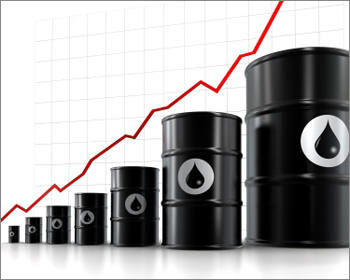The difference between short run and long run price elasticity of demand for fuel
 There is a set of economic factors that determine the size of price elasticity for individual goods: elasticity tend to be higher when the good are luxuries, when substitutes are available, and when consumers have more time to adjust their behaviour.
There is a set of economic factors that determine the size of price elasticity for individual goods: elasticity tend to be higher when the good are luxuries, when substitutes are available, and when consumers have more time to adjust their behaviour.
Therefore, the length of time period that people have to respond to price changes also plays an important role. Demand tends to be more elastic in the long rung rather than in the short run, because when prices change consumers often need more time to respond and change their shopping habits. However, in the short run, the demand for goods may be inelastic, as it takes some time for consumers both to notice and then to respond to price changes (Mankiw, 2004).
This is especially true in case of fuel. When price of fuel rises, the quantity of fuel demanded falls only slightly in first few months. So in the short run, demand for fuel may be very inelastic.
However, in the long run, the demand for oil may be more price elastic. O’Sullivan and Sheffrin (2007) note that in early 1970’s, when several oil-rich middle-east countries cut their oil exports to the western countries, fuel prices rose quickly. In the short run, consumers’ response to higher oil prices was modest, as there was very little people could do to reduce consumption of gasoline.
But as time passed and oil prices stayed high for a considerable period of time, people eventually found ways to consume less petroleum and other oil products. Some people switched to smaller and more efficient cars, while others rode bicycles or used public transport.
References
Mankiw (2004) “Principals of Macroeconomics”,South-WesternCollegePub,UK
O’Sullivan and Sheffrin (2007) “Economics: Principals in Action”, Prentice Hall,New Jersey
Samuelson and Nordhaus (2001) “Microeconomics”,McGraw-Hill,US
